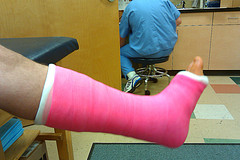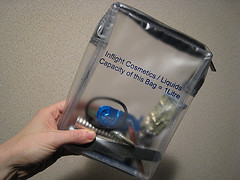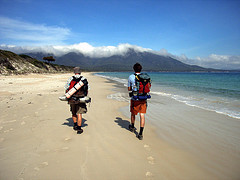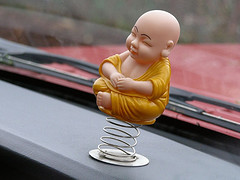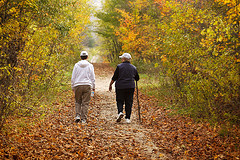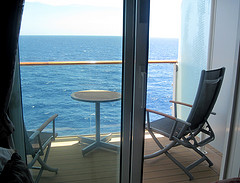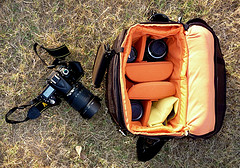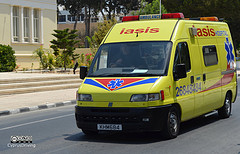 We recently read this question on another forum: “I’m going backpacking for about three months in Europe. I don’t know exactly when I’ll return, can I still get travel insurance? It seems that all the plans want a hard return date.”
We recently read this question on another forum: “I’m going backpacking for about three months in Europe. I don’t know exactly when I’ll return, can I still get travel insurance? It seems that all the plans want a hard return date.”
You absolutely can get travel insurance in this case.
What you want is a travel medical policy for at least 90 days that may also be renewed, or a plan that allows for a period of coverage that is longer than you plan to be gone.
In this plan, it’s likely that you’ll want these coverage options at a minimum:
- Medical care
- Trip interruption
- Emergency Evacuation
See the following two travel medical insurance plans as examples.
Liaison International from Seven Corners
 This plan has coverage for 5 days all the way up to 180 days. You choose the coverage limits and deductible. And, it’s available to U.S. and non U.S. citizens.
This plan has coverage for 5 days all the way up to 180 days. You choose the coverage limits and deductible. And, it’s available to U.S. and non U.S. citizens.
Summary of coverage:
- Medical: $50,000 – $1,000,000
- Deductible: $0 – $2,500
- Emergency dental: $500
- Evacuation: $300,000
- AD&D: $25,000
See the complete Liaison International plan details.
TravelGap Voyager from HTH Worldwide
![]() This plan covers trips up to 6 months and covers pre-existing conditions for medical care and evacuation. Your choice of medical limits and deductibles helps you keep costs down.
This plan covers trips up to 6 months and covers pre-existing conditions for medical care and evacuation. Your choice of medical limits and deductibles helps you keep costs down.
Summary of coverage:
- Medical: $50,000 – $1,000,000
- Deductible: $0 – $500
- Emergency dental: $200
- Evacuation: $500,000
- AD&D: $25,000
See the complete TravelGap Voyager plan details.
It’s important to note that these are only two examples of travel insurance plans to fit this particular need. Use our travel insurance comparison tool, type in a few trip details, and get a number of quotes from a number of travel insurance providers.

